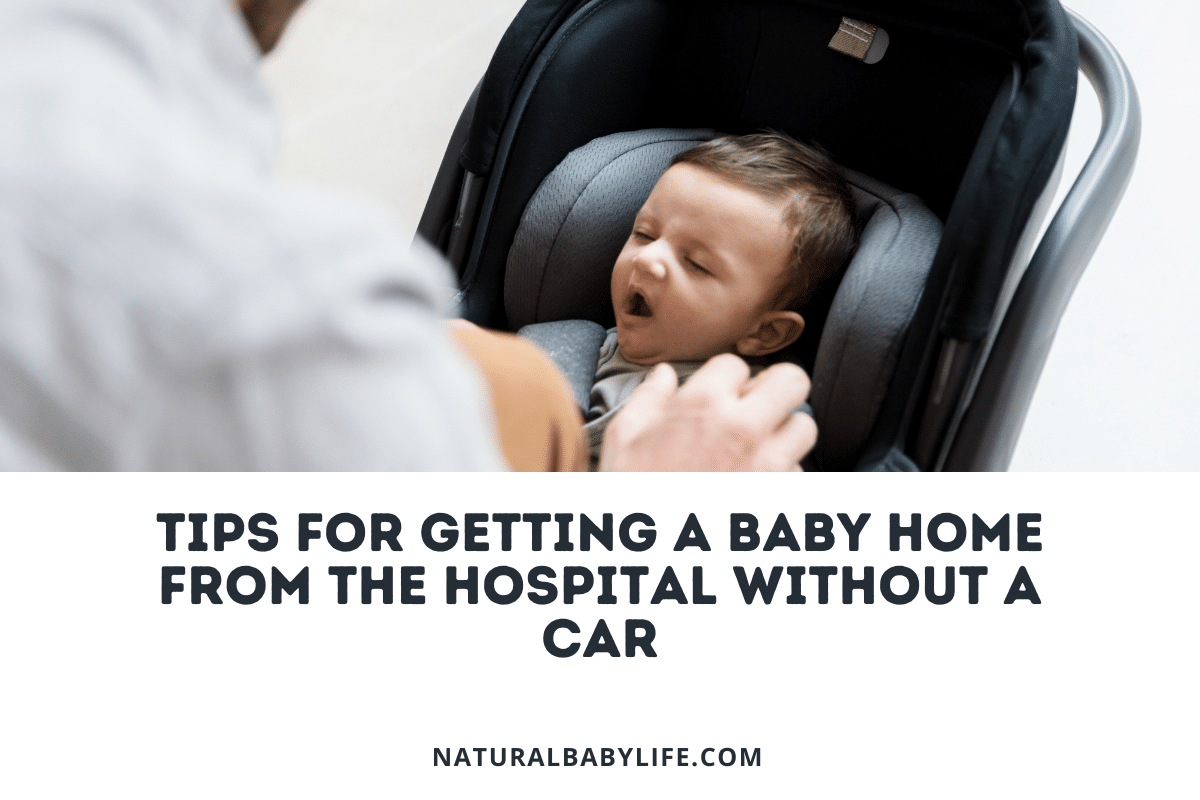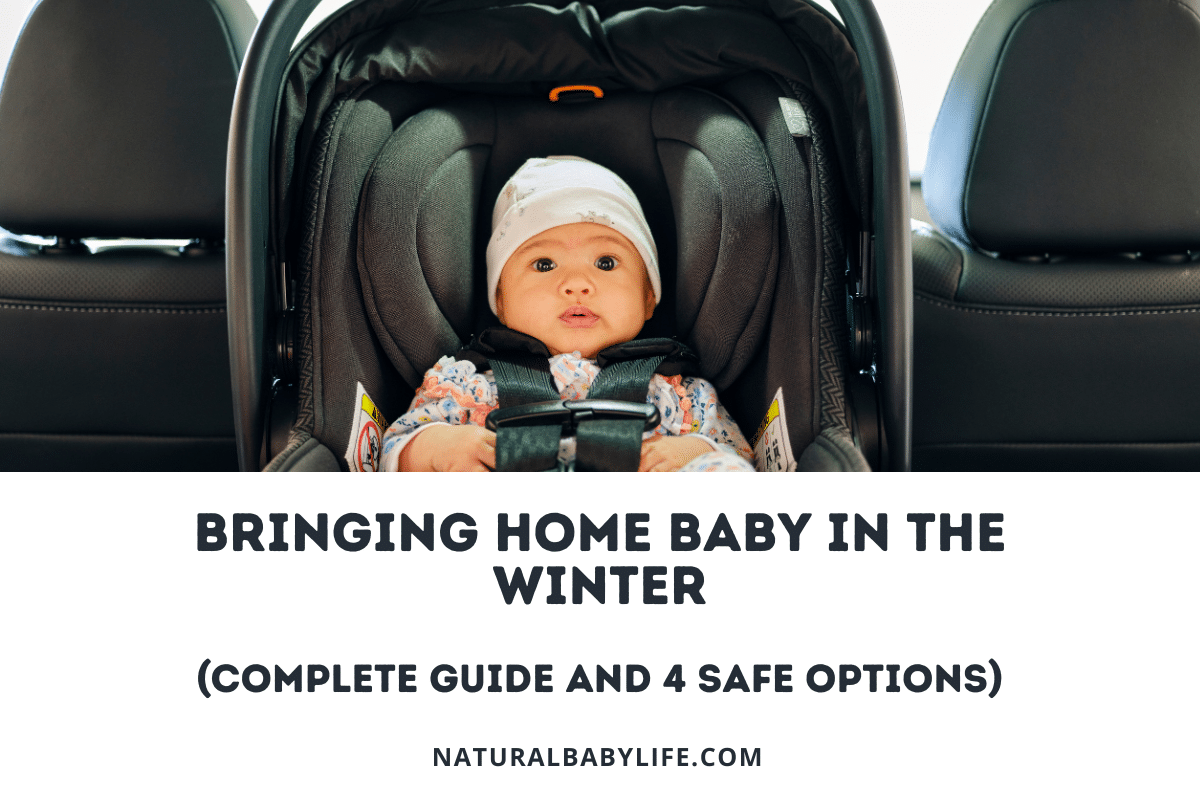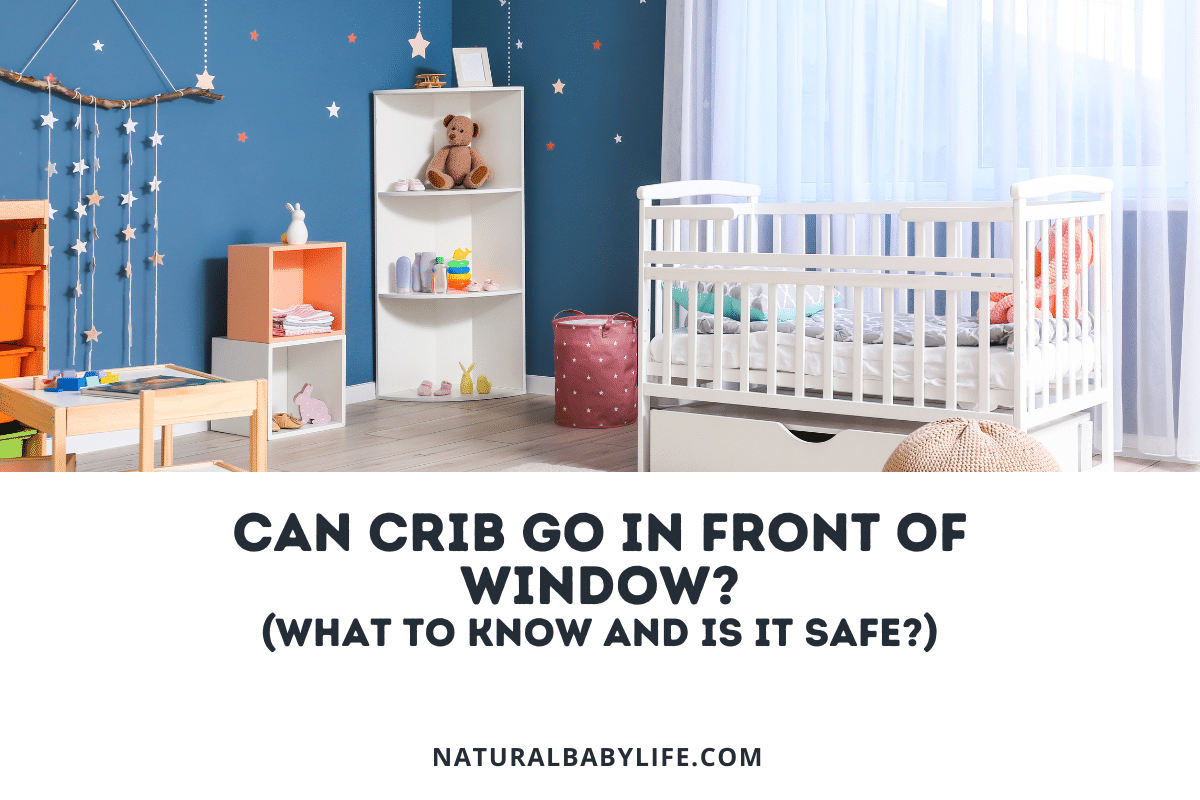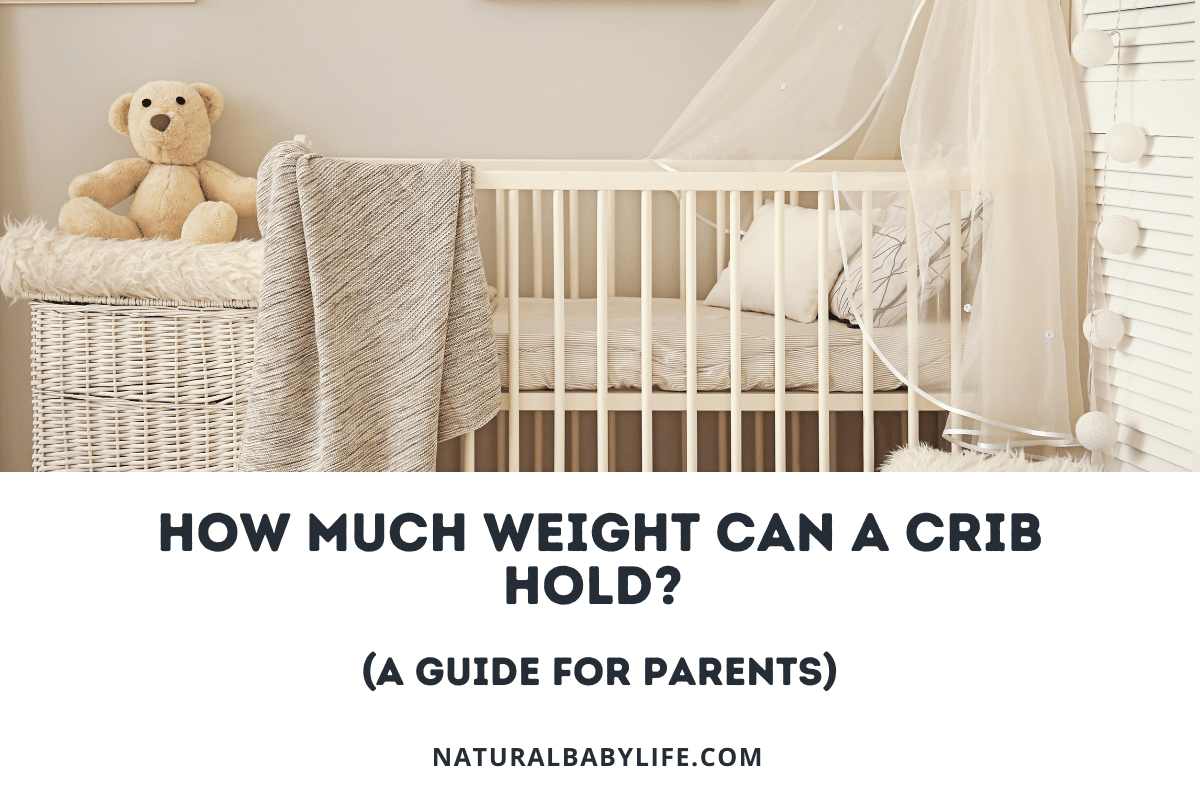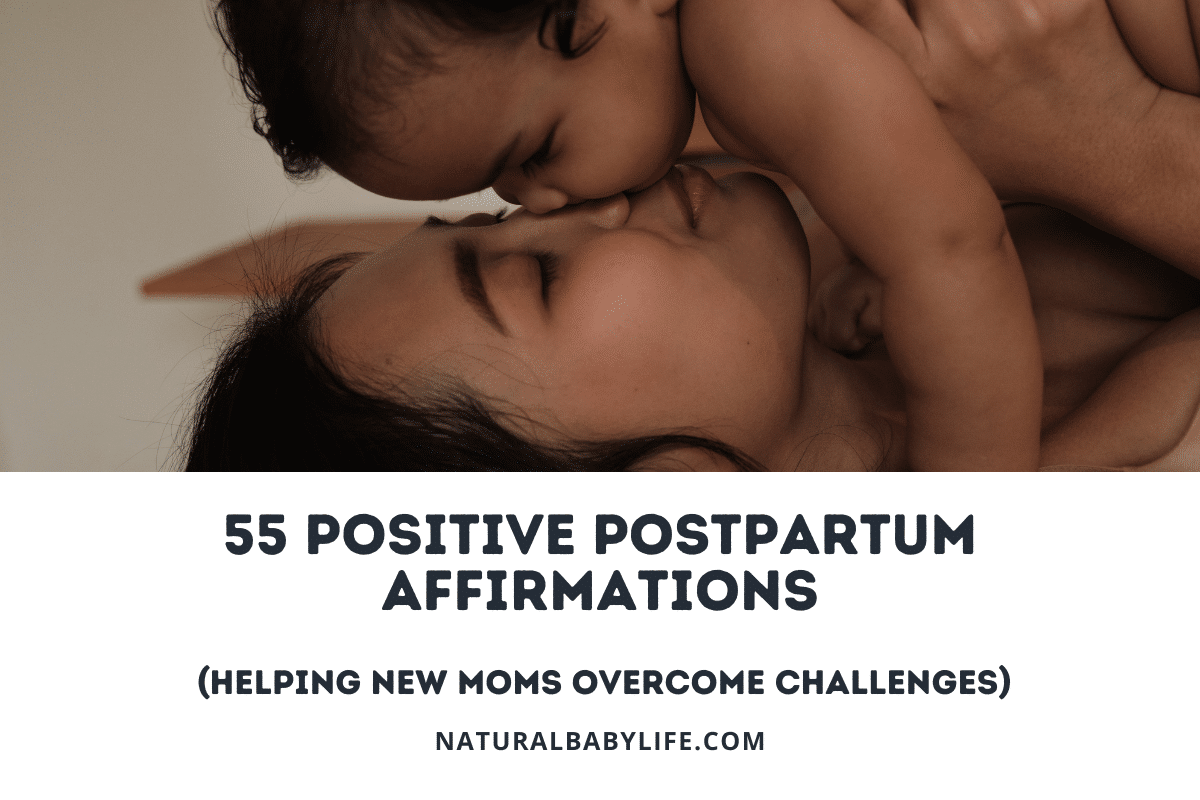Nothing in the world is scarier than the first time you bring your baby home from the hospital, except maybe that first night at home. With so much conflicting information and spirited opinions, it can be hard to know where the safest place is for your baby to sleep. Can you skip the bassinet altogether and put your newborn straight to the crib?
Skipping the bassinet or co-sleeper and putting your newborn baby to sleep in a crib is a completely safe choice, and it provides a firm sleeping surface and promotes healthy sleep patterns. If space allows, you should consider putting your baby’s crib in your bedroom as room sharing (not bed sharing) is recommended for your baby’s safest sleep.
Read on to find out some pros and cons of choosing a crib instead of a bassinet for your newborn to sleep in. We’ve also got some tips for transitioning your baby to a crib if you choose to start with the bassinet.
Table of Contents
Can a newborn sleep in a crib?
Every parent has heard the horror stories of SIDS, or Sudden Infant Death Syndrome. Roughly 3500 infants die each year from sleep-related deaths (not all are from SIDS exclusively.) However, the number of SIDS-related deaths has dropped substantially from 1990 to 2019. We now know so much more about how to keep our babies safe during sleep and have a few new devices available to help us.
The American Academy of Pediatrics recommends several guidelines to promote a safe sleeping environment for your infant.
Here are the best practices for safe sleep, all of which can easily be met by putting your newborn to sleep in a crib:
- Put baby to sleep on his back.
- Use a firm sleep surface.
- Breastfeeding is recommended.
- Room share without bedsharing.
- Keep soft objects and loose bedding away from the infant sleep area.
The only guideline that the crib may fall short on is if your baby’s crib is located in the nursery, not in the bedroom with you. However, if space allows, a crib can be in your bedroom as well.
How soon is too soon to put baby in the crib?
You can put your newborn baby straight in the crib the first night home if you so desire. Make sure that there is nothing in the crib with your baby and put her to sleep on her back.
The AAP now recommends having your baby sleep in the same room with you for the first six months of life so if space allows you can co-sleep (though not in the same bed) to ensure her safety.
Can you leave a newborn alone in the crib?
If your baby must stay in the nursery, there are a few devices out on the market today that may help you sleep a little better at night.
One is the Owlet Smart Sock, which is a monitoring device that is slipped on your baby’s ankle that tracks your baby’s heart rate, oxygen level, and sleep patterns while they sleep. This little device has helped many anxious parents relax a little while they sleep knowing their baby’s vital signs are being monitored and that an alarm will sound if something should go wrong.
Another handy device to have around is the Angel Care Baby Monitor. This baby monitor has a platform that slips under your baby’s mattress in the crib and will sound an alarm if it detects extended periods of time that your baby isn’t breathing. It also has a video monitor available for you to view your baby while he sleeps.
| Image | Title | Price | Prime | Buy |
|---|---|---|---|---|
 | Owlet Smart Sock 3 — Monitors Heart Rate and Oxygen | Prime | Buy Now | |
 | Angelcare 3-in-1 Baby Monitor with Movement Tracking | PrimeEligible | Buy Now |
Product prices and availability are accurate as of the date/time indicated and are subject to change. Any price and availability information displayed on [relevant Amazon Site(s), as applicable] at the time of purchase will apply to the purchase of this product.
Prices pulled from the Amazon Product Advertising API on:Bassinet or straight to the crib?
Whether you are team bassinet or team crib will depend on how your family functions. Some parents prefer to have their baby close nearby in a bassinet while some parents swear by starting their babies out in a crib to ensure healthy future sleeping patterns. Let’s look at some pros and cons of each sleeping arrangement to see what might best serve you and your baby.
Pros and Cons of Starting Newborn in a Bassinet
| Pros | Cons |
|---|---|
| Baby sleeps in the same room with you so you can quickly be alerted to any distress and is convenient for nightly feedings | Baby sleeps in same room with you so you may wake up every time the baby stirs |
| Helps baby feel snug and secure | Usually have a low weight limit and baby may outgrow quickly |
| The sides of a bassinet are lower than a crib and may be helpful for moms who have had C-sections | Cannot be used once baby starts rolling over |
| Can move from room to room | An added expense considering you will have to buy a crib anyways |
Pros and Cons of Starting Newborn in a Crib
| Pros | Cons |
|---|---|
| Can start healthy sleep habits from the beginning | Baby may have a hard time adjusting to the vast expanse of a crib |
| Baby will learn to soothe himself when he awakens at night and will be used to sleeping alone | May be nerve wracking to have baby sleep outside of your room |
| Putting baby down for naps will likely be easier | May be difficult to lay baby down if you have just had a C-section |
| Crib can transition throughout the early years of your child’s life | Crib is stationary and usually has to be disassembled before you can move it from room to room since it’s wider than the average doorway |
How do you get a newborn to sleep in a crib?
Transitioning your baby to sleep in a crib can be a challenging ordeal during an already sleep-deprived period of your life. The earlier you start your baby in his crib the easier the transition will be. Remember to be patient and work with your baby’s individual personality and needs.
Keep in mind that all babies are different so don’t be discouraged if it takes longer than you thought it would or if what works for your friend’s baby doesn’t work for you.
Here are some tips to help your baby learn to sleep in a crib:
- Swaddle – You can use either a blanket to swaddle your baby or try a different swaddling apparatus like this one (or this one for babies 3-6 months old). It may take some trial and error to see what your baby likes and what works best. The important thing is to help your baby feel snug and secure so that she will feel comfortable drifting off to sleep.
- Drowsy, not sleepy – Try to get in the habit of laying your baby down when he first becomes drowsy. This is important for a few reasons. It helps your baby learn the art of self-soothing which will help him fall asleep on his own for the rest of his life. Also, laying your baby down when he is drowsy will ensure that he isn’t overtired which can make your baby have a harder time settling down.
- Use a sound machine or white noise machine – Sound machines are great for providing background noises similar to what your baby heard in the womb. This one has always worked well for my children.
- Create a nice bedtime or naptime routine – Children thrive on routines but sometimes routines can be hard to not only create but stick to consistently. While trying to keep naptime and bedtimes at a consistent time is important, don’t beat yourself up if your newborn isn’t conforming just yet. The most important thing is the process of the routine. For example, maybe your routine will be bathtime, nighttime feed, story, lullaby, sound machine, then bed. Your baby will learn that when these events happen in this order that it is time for bed and the same for naptime.
Newborn won’t sleep in the crib – only in my arms
If your baby seems to only want to sleep in your arms, you are not alone. After all, you carried this child for nine months and she is already comforted by your presence alone. You sound and smell familiar and your arms provide that cozy warmth she loved so much in the womb.
However, while there is nothing wrong with getting lots of baby snuggles, you also have chores and responsibilities that need your attention.
Here are some tips to help your baby fall asleep in the crib instead of your arms:
- Make sure to keep baby swaddled and warm to mimic the feel of your arms.
- When you lay baby down, continue to stay nearby so your baby knows you aren’t leaving.
- Lay baby down when he is drowsy, not sleepy.
- Make sure to get in lots of different cuddles throughout the rest of the day.



